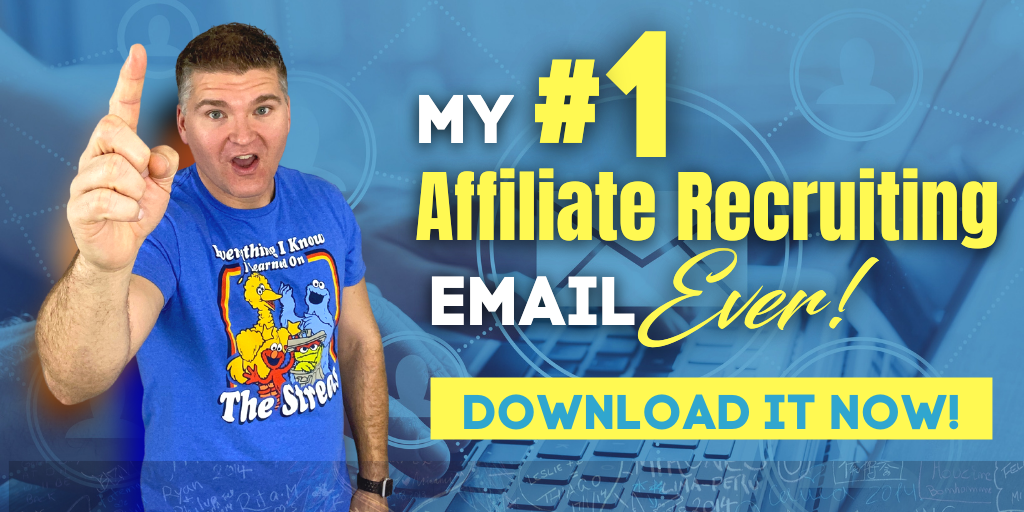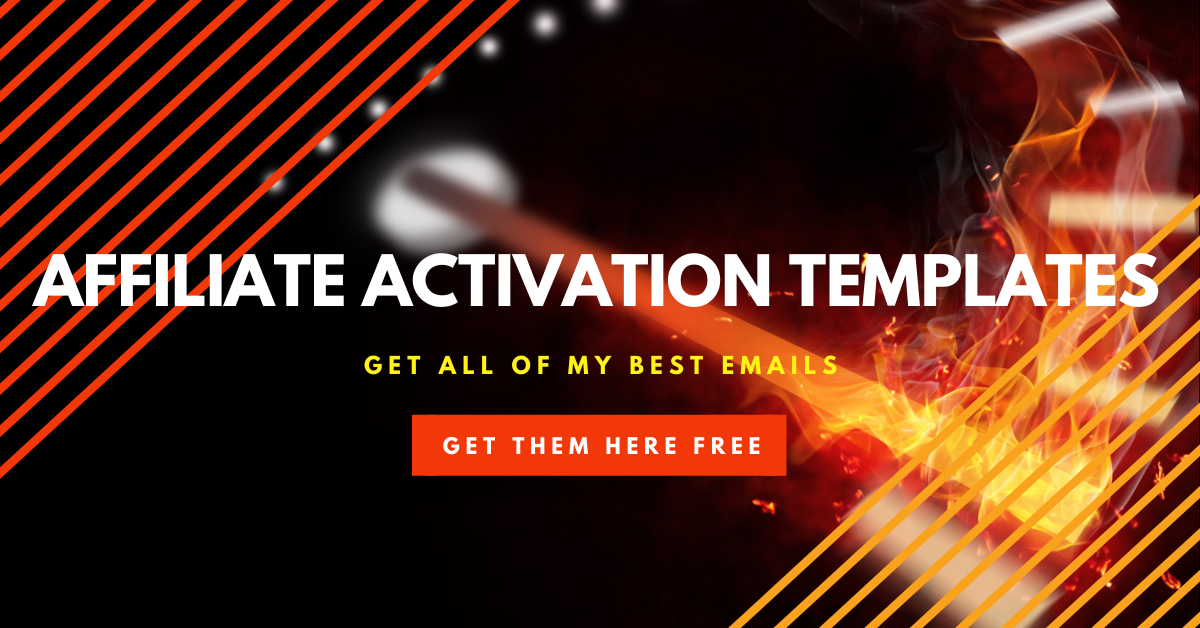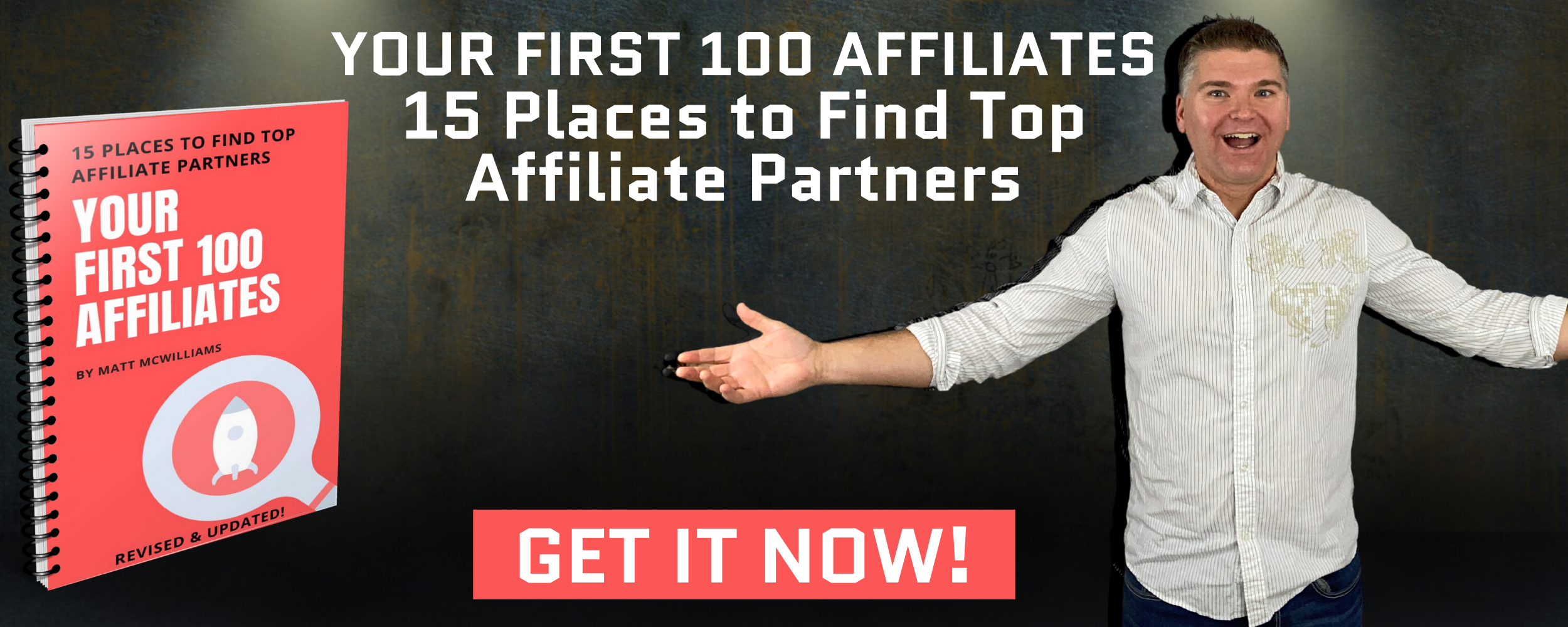If you want your affiliates to promote more often, more aggressively, and make more sales, you need to show them how. And one of the easiest ways to do this is to provide them with a clear plan for success. Tell them what to promote, when to promote, and how to promote by giving them easy-to-follow promo plans. I show you exactly how to create these affiliate promo plans in this episode.
Click Here for The Written Transcript of This Episode
Get my #1 affiliate recruiting email (the one I’ve personally used to recruit thousands of affiliates in dozens of niches). Grab your copy here!
Links Mentioned in this Episode
Download the Promo Plan Template
Text Me: (260) 217-4619
Don’t Miss An Episode – Subscribe Below
Previous Episodes of The Affiliate Guy
How Sarah Williams 20X’d her Affiliate Sales and Won a $100,000 First Prize
How to Get Your Affiliates Fired Up Before a Promotion
What Kind of Affiliate Manager is Best: In-House or Outsourced?
What to Look for in an Affiliate Manager
Don’t Make These Killer Mistakes with Your Affiliate Program (Part 2)
Don’t Make These Killer Mistakes with Your Affiliate Program (Part 1)
How to Create Promotion Plans for Affiliates
One of the best ways to get affiliates to promote more is to give them a clear plan for how to do so. In other words, tell them when, how and what to promote as well as who to promote to. Now, we do this with two types of affiliate mailing plans that I share in this episode. These are guaranteed to get your affiliates to promote more often. Send more emails and go all in promoting you.
So the idea of this episode is how do we take our affiliates like they’re ready to promote our launch, to promote our evergreen promotion? And how do we take them from sending two emails to five? How do we take them from five to twelve, from maybe seven or eight up to 15 or 16?
How do we get them to actually do that? And the idea is to get them to commit to anything. It’s just to get them to dip their toe in the water. And that’ll be the theme throughout is like if we can commit them to do just a little bit, they’ll do a lot. And there’s two ways that we’re going to do this. So we basically got, you know, let’s just say for argument’s sake you’ve got 200 affiliates.
What are we going to do for our top 20 to 25 and what are we going to do for everybody else? Because what I’m going to share, the first thing I’m going to share you cannot do for 200 people within reasonable time frame. All right, so for our top affiliates we’re going to do specific one on one promo plans.
Actually, well, we don’t call them promo plans anymore and I’ll talk about that in a moment. But we used to call them promo plans and that when I say that, it immediately makes sense. Right.
It’s a plan for the promotion. One of the best things that you can do to get an affiliate to mail more often is create a personal promotion plan with them. And if I had to pick a secret sauce, I mean, there’s a lot of things we do and there’s, to be clear, in any affiliate program there’s nothing that we do that I would suggest is this is the thing that makes up 50% of our, our success.
It’s just a lot of 2% and 4% here and 1% there and a half percent there. That adds up to massively successful affiliate programs that we run. But if I had to pick the one thing that was, like, the secret sauce, this is it.
It’s these personalized promotion plans. And so what you do is with as many affiliates as you reasonably can. Typically for us, it’s going to be between 20 and 30.
Need help activating your affiliates? Use my proven email templates for getting inactive affiliates in the game and making sales! Get them here!
There have been some smaller ones where it might have been only 15 or maybe on the high end 20, but typically for a big launch, it’s going to be about 20 to 30 in that range, and you meet with them one on one. Now, I try to target roughly about 30 days out from the beginning of the promotion, because that tends to be the area where it’s far enough ahead where they can take what we plan and actually execute it. They can also, they have that flexibility.
It’s far enough out where there’s some flexibility to know what’s going on with their schedule, but not know too much. So we can get things in early enough, but not be so early that it’s like, oh, wow. We ended up having something come up and we need to go completely back to the drawing board.
So somewhere in the neighborhood of two weeks out to 45 days out is kind of the sweet spot. And we meet one on one with them for about a half hour, and we craft a custom promotion plan that works with their calendar. And what this means is if I’m looking at a launch and the first day, and we’ll go through an example of this, but the first day of the promotion is January 10, and you can’t mail on January 10, but you can mail on January 11, then we’ll work that into the calendar and you’ll promote on January 11.
Let’s say you don’t typically mail on Mondays for whatever reason, or you have something else you’re mailing about on a Monday, then we’ll work something in maybe on Sunday or Tuesday, and we’ll work together to create a custom promotion plan. And this ultimately comes down to the principles of commitment and consistency. If you’ve ever read influence by Robert Cialdini, highly recommend that book.
I’ll put a link in the show notes there. I mean, I recommend this book so much, it’s mattmcwilliams.com/influence. It’s how often I recommend this book that I created a specific URL for it. But if you’ve ever read that book, you know that what people commit to, they stick to, and they want to remain consistent with their commitments.
It’s one of the dangers, so to speak, of any type of public commitment is, you know, by gosh, you’re probably going to stick to it. It’s why, you know, if you look at politics, for example, if the handlers of a politician, the people who run their campaigns, recommend that if they don’t have to make a commitment to an issue, if there’s no reason to, then don’t, because they’ll want to stick with it. And so the voters will expect them to stick to it.
So what we do is we tap into those principles of commitment and consistency, and we create this plan with them. So we jump on Zoom or Skype or Google Meet, whatever it’s called these days. We go through the promo plan spreadsheet.
Now you can get a copy of this. You can download it for free. MattmcWilliams.com/promoplan if you go there, we’ll put a link in the show notes as well. If you go there, you can download a copy of this to use for yourself.
And then you work through the ideal situations for them. So ideally, you would start promotion on June 1, but that doesn’t work for you. So do we back up a day or do we go for it a day? Can you start on May 31? We’ll open things up on, you know, May 28 for those of you who need to get in early. What fits your needs?
What fits your needs. And so if you look at this spreadsheet, basically what this spreadsheet will allow you to do, this promo plan template is go through and put in what’s generally happening in the launch. What’s the thing that’s going on today?
Well, today’s the webinar, so. Okay, now we back up to, okay, what should they be doing on this day? They should send two emails, one in the morning, one in the afternoon, blah, blah, blah.
And then we have kind of a generic template that we give them that’s like, here’s what you could do. And then we just move the pieces around. All right, you can’t mail on the 15th.
Well, how about we’ll do it on the 16th and we back it up to the 14th and we tell them who that email should go to. This one should go to your entire list. This one should go to the people who didn’t click.
This one should go to your entire list. This one should go to the people who did click. And the idea is, once they have their plan set, have them commit to it. So you’re co creating the plan with them. They’re involved in the creation. This is not you just saying, here’s your plan, go do it.
It’s like, no, they’re involved in this so that when you email them a copy of the spreadsheet you thank them for their commitment. More often than not they’re going to stick to that plan. If anything, what we found is they’ll add to it during the promotion but very rarely will they ever, almost never take away from that.
So whatever they commit to, they commit to nine emails. Here’s the list of things they committed to. They’ll probably send ten or eleven.
Very rarely will they send eight or less because they made a commitment and we want to remain consistent to our commitments. Now I’ve personally done these plans, this is why they work. I have done these plans with people who I’m promoting them and they’ve used this on me and I realized, oh shoot, we didn’t schedule that email.
Oh man, I got to make up for that. I’ve added extra emails to make up for it because I’m going to remain consistent to my commitment. If I promise someone I’m going to mail ten times, then by gosh, I’m going to mail ten times at least I might add an 11th or 12th, but I’m definitely going to mail the ten that I said.
That’s the power of creating these personalized promotion plans with your affiliates. Now a couple of years ago I used to call them promo plans. A couple of years ago we changed this.
We did a big affiliate launch for a client and I just randomly started calling them commitment plans and I found that we got an average of 1. 7 more emails from the affiliates that we call them commitment plans than when we call them promotion plans.
Because we had called them promo plans for about ten affiliates and then about ten more we did commitment plans. And what I mean by 1. 7 is I got 1. 7 more emails than they committed to.
The number of emails that the average affiliate committed to out of the first ten and the last ten was almost identical. That wasn’t where the difference was. It was just that when I followed up with them and I said here’s your commitment plan versus here’s your promo plan, I got 1.7 more emails above what they said they were going to do. On average, the promo plan folks sent.
Basically, I think it was like one more than they had said they were going to send. Total among the ten, the other group had sent 18 more emails than they had said they were going to send. That’s a huge gain, 18 additional emails from basically ten of our top 20 affiliates.
If I had done that across the board, I would have gained probably 36 emails over what we normally would have done 34 to 36 emails over what we normally would have done. Among our top 20 affiliates, that is, tens if not hundreds of thousands of dollars.
So that’s what we do for the big ones. We meet with them. We just go through the calendar and talk about what might work for them. This doesn’t work. Okay, so do this. Does this work better?
You know, here’s this. And then I send them an email that says, here’s your commitment plan that’s got the spreadsheet attached to it and says, you know, if you have any questions, let me know. If there’s anything else you need to talk about, let me know.
So that’s our big dogs, right? Our top 20 to 30 affiliates. For everyone else, we use what we call our ABC plans. This is a mass email, and I’m gonna walk you through how to actually do that in a second. And it’s got the suggested promo plan, but it’s got a, b and c plans. And the ABC stands for all in or aggressive, balanced and conservative.
So on the two polls is the all in and the conservative. So the all in plan. This is for people who are in it to win it. They want to go all in, all out. They want to be aggressive. This is typically going to be like 15 to 20 emails.
And I’ll walk you through an example from our own stuff here in a second. On the flip side, the conservative side, this is the plan for those who just want to dip their toe in the waters, right? They’re not 100% committed to a full promotion yet, and that’s the key.
This one is like five to nine emails. And then the balance plan is right in the middle, as you imagine this is. We call it the Goldilocks plan sometimes because it’s not too hard, not too soft, it’s just right.
So this is between the all in and the conservative. Typically, you’ll find this at ten to 13 emails. Now, here’s the great thing about these plans.
If you are ready to take your business to the next level and start an affiliate program, start with my free report, Your First 100 Affiliates. This report takes nearly two decades of experience, trial and error, and lessons learned about finding top affiliates in nearly every conceivable niche and puts them all into one report. Grab your copy here!
If you get someone to commit to the conservative plan, they almost always bump up to more of a balanced plan. If you get them to commit to a balance plan, they almost always bump up to the all in plan, especially when you announce prizes, is what we found. And so they might bump up to the balance plan from conservative five days into the launch.
So it’s not a full balance plan. Maybe if the conservative is seven emails and the balance is eleven, all in 15, they don’t go all the way to eleven, but they send ten, you know, and if they go from balance to conservative, maybe they send 13 or 14. But still at some point they shift.
We find probably 70, 80% of them shift at some point. The key, though, is to get them to commit to something. I don’t care if it’s the c or the b or the a. I’d love them to commit to the all in from the get go. That’s great. But if I can get them to commit even to the conservative plan, getting them to commit to something will bump them up to the next level.
The reality is you just cannot meet with every single affiliate one on one, okay? That there’s just no possible way. And so our objectives with these ABC plans is just to get them to commit to some level of participation, just to commit to a minimum number of emails.
So we want to make it very easy to commit to the conservative plan if that’s where they’re at. Make it so easy. It’s like three emails to your entire list, maybe three to unopened and three to engage contacts that will account for the nine emails.
Very easy to get them to commit. So here’s an example from our stuff here. In our last launch, we did not do abcs, we just did acs. And there’s a reason we had three focuses. This is another way you can do these, all right? And again, the idea is to get them to commit to something.
So we had three different focuses. We had an ebook focus, so we had an ebook opt in, we had a video opt in. So we had a video focus and we had a webinar focus.
So depending upon who their audience is, it’s like choose your own adventure, right? They can say, well, my audience is really into webinars. So, great, you’re going to go down to webinar focus and you’re going to choose the all in or conservative. We just felt like we had nine plans. That was overkill. So we had all in and conservative.
So that’s another way where you can kind of separate these plans is based on, oh my gosh, you know, like my audience is really into videos, my audience is really into workshops, my audience is really into quizzes or assessments, you know, whatever your audience is into. And so in this example, if you click on, we’re going to go down to ebook focus, for example, 20 total emails. And we went heavy on the ebook slash free reports.
So these are written materials. They still promoted. We still recommended sending a few emails to the videos and a few emails to the webinars.
But it’s very different from the webinar focused one, which only sent two emails to the ebooks or to the free reports. But it had 123456 emails go into the webinar and only two to the videos. On the video, all in one, we had only one about the ebook or the PDF’s, and two about the webinars, but six about the videos.
So just different focuses. Now, in that example, if I go back to the conservative one for the webinar, that one had one about the ebooks, none about the videos, five about the webinars. Still more conservative, though, on the ebook, conservative when it was like three about the ebooks or free, four about the ebook or free report, one about the video, one about the webinar.
So you get the idea, if I were to do balance, if I were to not have the differentiation between ebook focus, webinar focus and video focus, then I would just take the. Basically, I always start with the most aggressive. Like, here’s the ideal plan.
And then I say, okay, what would I do if I stripped away basically 33% of that? That’s a really good way of thinking of is like, okay, you got 18 for all in. Great.
Twelve and six. And then the other thing that I do is I typically will add back a little bit. So instead of going 1812 and six, the total number of emails would probably be about 1812 would probably still be pretty accurate, and it would probably be eight, but to the entire list.
So this is one I’m going to look at the ebook one. For example, the all in ebook one, I’ve got eight to the entire list, three to unopens, nine to engage contacts. Okay, so on the conservative one, there’s only five to the entire list, two to unopened, six to engage contacts.
So not many less to the engaged contacts and unopens. That’s a big deal, right? If I look at on the video focus one, there’s only four to your entire list on the conservative one, versus seven to the entire list for the all in.
And so the idea here is just to create your ideal plan and then strip away roughly two thirds to maybe it might be like 1813. And then I go all the way down as far as I can, usually about a third. And then I add a couple of unopens or engaged contact emails back to the conservative ones.
So we provide these ABC plans to everyone, but then we do the individual plans with the top people. Now, as far as delivering the ABC plans to everybody, it’s usually in the partner center or in the partner guide, but then we go one step further with the smaller affiliates and we actually send out a specific email. And what I do is I record about a 15 minutes video.
That’s like I was doing a commitment plan with an affiliate and I record it in such a way that I go through this calendar and I say stuff like, hey, if this date doesn’t work, then you need to, you know, you can move it here, you can move it there. And I don’t create the plan on the video. I just leave the video as it is.
But I show them how I would change it. So I would move stuff around and just show them what it would look like if I moved it. But I always come back to the way that it was.
So I record this video again. It’s typically about 15 minutes or so. And I walk them through the whole calendar, walk them through how to create the plan, show them how to download the template so they can use the template.
And I encourage them to create the template and then send it to me. So we can just keep track of, you know, where they, you know, when they’re going to be promoting, so we can keep track of things for them. So we encourage them to send their commitment plan to us.
We usually, and out of, you know, 200 affiliates, usually we’ll get like 60 to 80 that’ll actually do that. That’s fine. We got 2025 that we co created plans with. We got another 75 that sent them to us. Great. Half of our affiliates have made some level of commitment.
That’s about as good as you’re ever going to get. All right, so we send this email, and one of the things that we do, this is some secret sauce here. We send this email out and we basically say, hey, your promo plan.
And we say, hey, you know, it’s a mail merge. Hey, first name, wanted to send this to you. I shot a video for you where I walk you through how to create a promotion plan, blah, blah, blah, blah, blah right? Now just like we do with the big affiliates, we send this spreadsheet out and it’s a specific Google Doc for them, a Google sheet for them. So the google sheet is already named. Let’s just say your name is, you know, todd Smith.
It says todd Smith, commitment plan for such and such. Your name is in the title of the spreadsheet. Your name is in the spreadsheet itself. It says, todd’s commitment plan, blah, blah, blah, blah, right? And the video, we put a screenshot of the video that shows the spreadsheet, and we use a program called Nifty Images. I’ll put a link to that. It’s just niftyimages.com.
We use a program called Nifty images. And on that video, it says, like, promo plan for Todd, I think. Or it just says, like, todd Smith’s promo plan or commitment plan or something like that. So it says their name on the image. So this video feels like it’s a personal video, even though, of course, it’s not.
Questions?
Text me anytime at (260) 217-4619.
Or…check out some of my free reports to help you get on the right track:
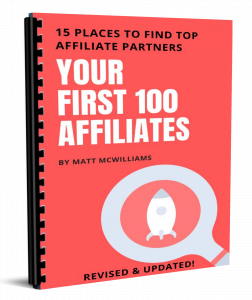 |
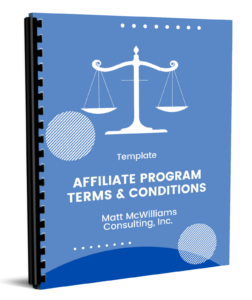 |
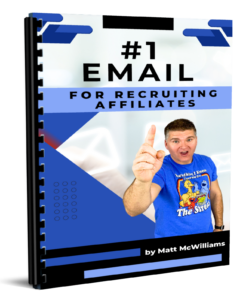 |
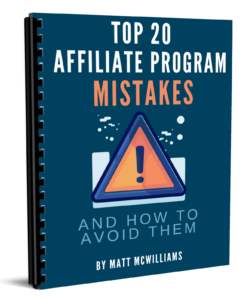 |
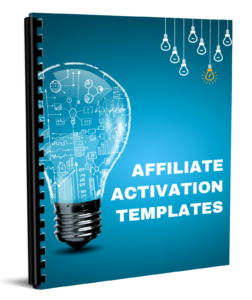 |
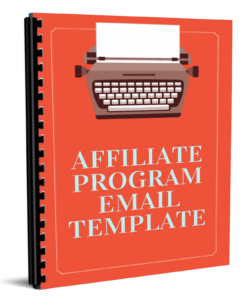 |
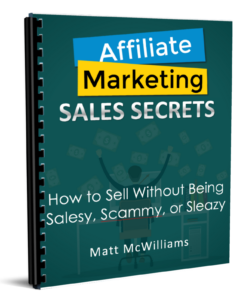 |
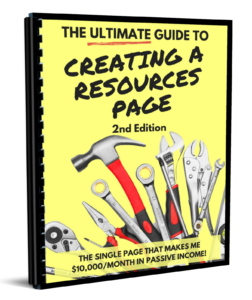 |
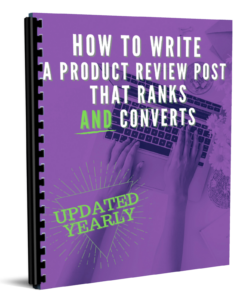 |
And they know it’s not, but it feels like it is. And then we give them a specific Google sheet that they can use to do this. We do the legwork on that. It’s something that takes a while. You got to keep creating this. Clone the spreadsheet.
Clone the spreadsheet. Rename it, rename it, rename it, rename it. And we create these for them as we’re going along. So they get a personalized sheet with a somewhat personalized video. But it’s pretty generic. Right?
And that program is called nifty images. And it basically uses mail merge fields to slap onto the image. So it’s pretty cool. Pretty cool. Deal. And so we create those plans on that.
I walk them through. Okay, here’s what it would look like if you were all in, and then here’s what I would remove if you were gonna go, you know, have these. And here’s what I would do if I were gonna go conservative or if certain things don’t work for you.
So we walk them through that and essentially give them the template for them there. So that’s how we get these mailing plans to our affiliates, to get them to commit to something. It’s the reason why we typically don’t have more than a couple out of hundreds.
It’s one of the biggest problems I hear with affiliate managers. Only, like, 22% of my affiliates are doing anything. We get, like, 80. Most of our affiliates are active. Why are a few not active? Because life got in the way. Makes sense. Right? I get it. There’s a reason why I have such a high activation percentage. Because we give them these plans.
That’s it. That’s the secret sauce. It’s how you go from having tons of affiliates and doing a half million dollar launch to having the same affiliates and doing a million and a half dollars. You can triple your results with this. That’s why I say if we have a secret sauce, it’s this one. So hope this helped you put it into use and report back to me.
Please let me know how this is working for you. I would love to hear from you. Please text me anytime. All right? Just let me know how this is working for you. Can text me anytime at 260-217-4619 I would absolutely love to hear how this is working for you and then make sure you hit subscribe.
Hit subscribe so you don’t miss next week’s episode. Guys, we’re going to share some powerful lessons. Powerful, powerful lessons from a multi million dollar affiliate launch that we just ran as you do not want to miss this episode.
So if you haven’t hit subscribe yet, make sure you do wherever you listen to podcasts, all right? Apple Podcasts, Google Podcasts, wherever hit subscribe. Don’t miss a thing. I’ll see you then.
Questions?
Text me anytime at (260) 217-4619.
Or…check out some of my free reports to help you get on the right track:
 |
 |
 |
 |
 |
 |
 |
 |
 |
